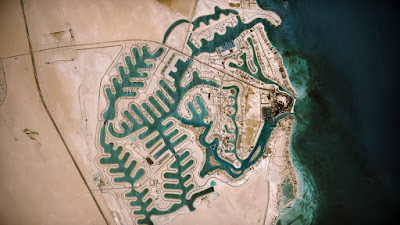Sabah Al Ahmed Sea City:
History:
This City was planned earlier but due to attack of Iraq over Kuwait and destroyed the oil field and it took years to recover from this. Kuwait has largely recovered after the war and has became one of the highest per capita incomes in world. The project was restated and every thing was in line again in 2004-06, The city was completed in the year 2015. Overall the project took 25 years to complete.
The project was completed in 3 phases and with all completed this will be a 84 km long Man Made Island project which was made on land rather than in water.
Check More Cities:
Engineering:
We talked about the Politics and geology now come to point. To make this city, engineers needed to remove sand and make trenches and then allow water to run through artificial marine way. The site was on originally creek base, and hence had silt deposits under the sandy layer.
All the silt was to be removed and replaced with coarse sand and then start construction. But there was also one more catch. The land was not well to hold up the load of the new construction and hence engineers came up with there usually study technique, called Compaction and it was work of Geology Engineer. The land after refilling was compacted 20-25 times and made stable and re-workable.
The Project was also to protect and grow new environment for the marine life. Here comes the work of Marine and Ecological Engineer, they studied and stated that it will call new species and new marine life to form and grow.
This project gave work to more than 3000 workers and mostly all types of Civil Engineering Branches such as, Site, Structural, Geology, Marine, Project Management, Ecologist, Estimation Engineer, This mega project was one of its kind.
Future:
The 3rd phase was also completed and new phase was introduce which will extend the island more 24 km into the land.





The article "Sabah Al Ahmed Sea City" is an informative piece that highlights the development of a new city in Kuwait. The writer explains the history of the project and its importance in diversifying investments and providing a good and healthy life for the people. The article details the engineering challenges and solutions faced by the project, and the work of various engineering disciplines involved in making this mega project a success. And please discuss the following topics like: "Steel Dealers in Chennai".
ReplyDelete